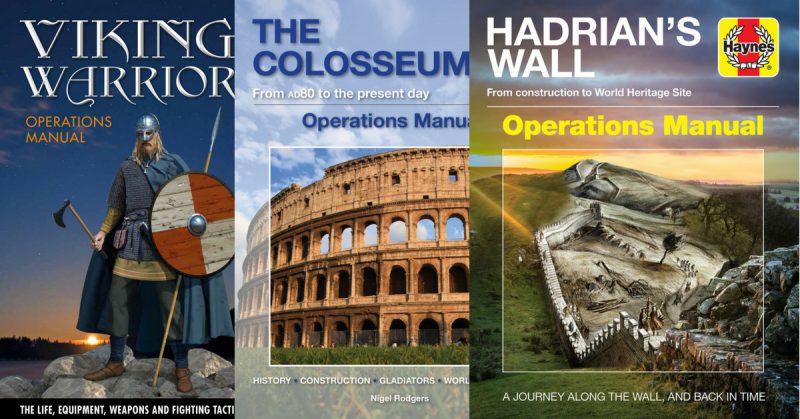Printed books are making a comeback as people get bored with tablets and their lack of the substance only achieved with ink and paper. I’m so glad to have been on message about this during my years reviewing books for WHO and a timely case in point comes with these three gems from Haynes Publishing.
War history covers more than stuff within living memory, presenting us with a couple of thousand years of unpleasantness to play with. I’m pretty sure we’ve all enjoyed some aspects of the Vikings and Romans in films or on TV and the three books on offer here tap into that as we continue to appreciate just how sophisticated their societies were.
That old Monty Python joke asking the question “What have the Romans done for us?” will forever do the rounds because so much of their legacy is all around us over here in the Old World.
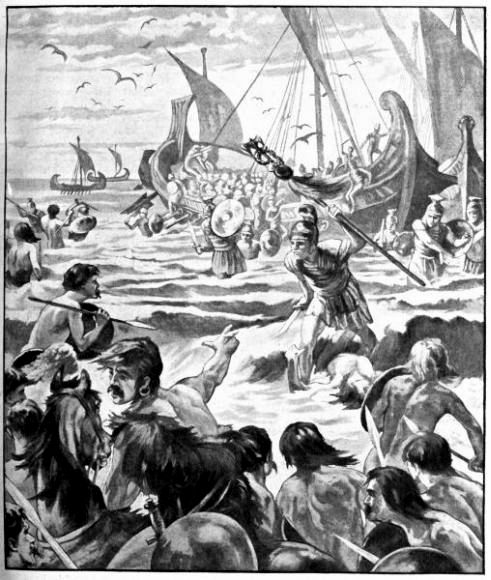
The Colosseum
I went to Rome with my parents in 1975 and my dad didn’t want to go to the Colosseum, so that was that. He had come to admire the Pope and a few other things and that was about it. We went down to the resort town of Sorrento afterwards and he reluctantly agreed to a tour of Pompeii, instructing “Don’t bring your camera, you won’t need it.”
I was sixteen years old and didn’t want to be on holiday with my parents at all, but the trip had its serious side when we went to Anzio so my dad could pay respects to some old mates who had stayed behind. That is another story. Ancient culture was of no interest to my father but it has always fascinated me.
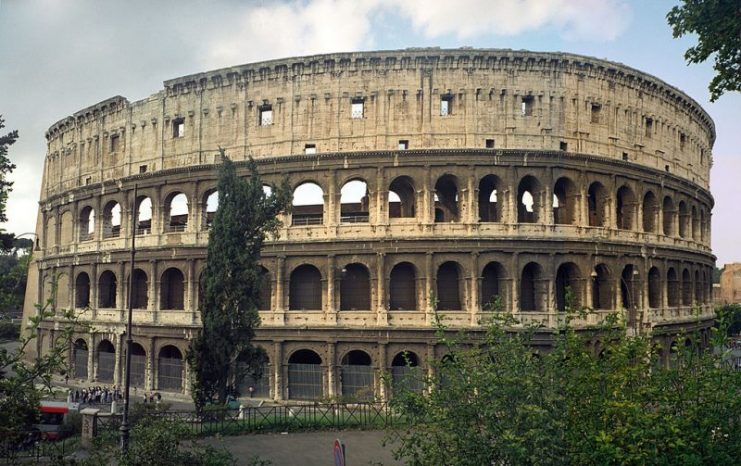
This book by Nigel Rodgers allows me to get a good look at the Colosseum and the effect has been to make me think I should go back. I am not alone because over five million people visit the place every year. Imagine that.
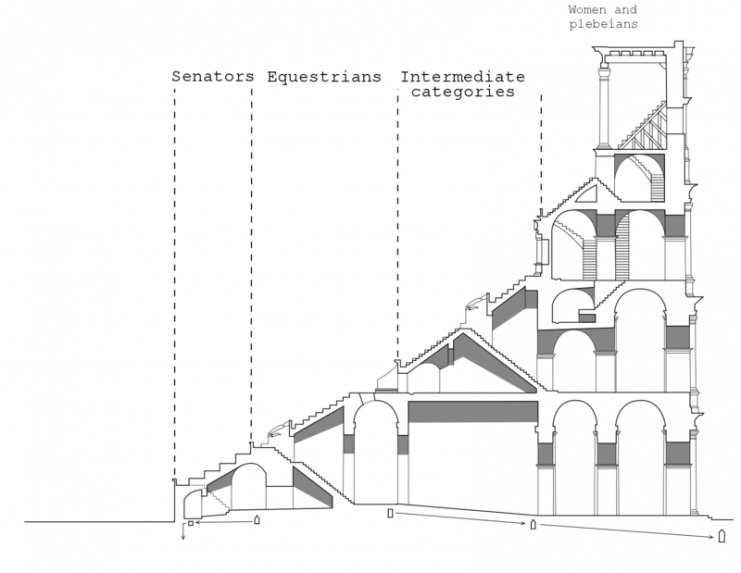
The structure itself is one of the seven wonders of the ancient world and Mr. Rodgers takes great care to show us why. I suppose the warlike thing we would associate with it most are the gladiators and let’s be honest they have been pretty cool for a good while whether you prefer yours to look like Kirk Douglas or Russell Crowe.
That there was much more to the Colosseum than ritual killing is obvious and this wonderful book delves into all of it. We see how the place was designed and built and we learn much about day-to-day functions. The photography and artwork are outstanding and I have to make a mental note not to repeat this too many times with the reviews of the next two titles.
Hadrian’s Wall
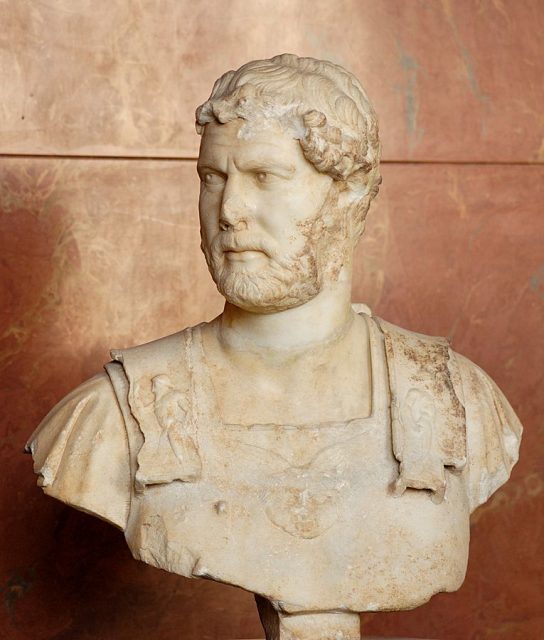
We have wonders of the Roman world here in Britain and one of the best known must surely be Hadrian’s Wall. Simon Forty’s look at the structure along its 73- mile length is an absolute masterpiece.
When I was a kid I was fortunate to spend a few weeks of one frantic summer camping near Hexham in Northumberland and the wall was something of a playground for my mates and I.
Kids from inner city London might not be expected to appreciate such a thing but we loved exploring. However, I drew the line at throwing stones at cows, unlike some of the lads who had never seen one before. The wall ensured that every British school kid had heard of Emperor Hadrian.
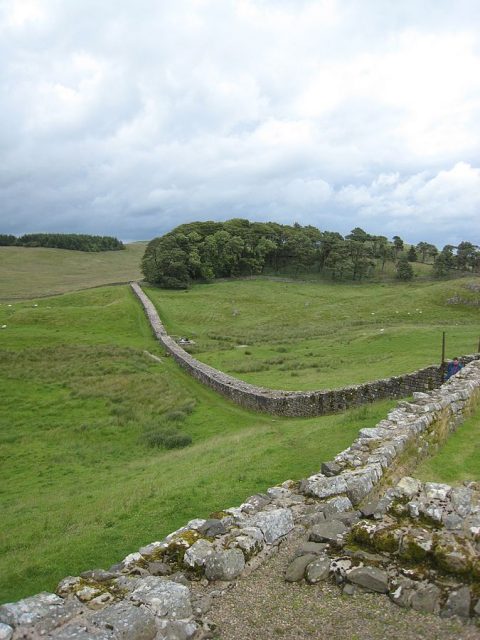
Mr. Forty takes us through why and how the wall was built and the practicalities of placing garrisons along its length at a time when the ungrateful savages from north of the border were making life very difficult for Rome through their reluctance to be pacified.
Simon Forty is the author of a number of excellent books about the modern era battlefields of Western Europe I’ve reviewed for WHO and this book reads exactly like them. It is very much a battlefield guide. The history may be ancient but the approach is thoroughly modern.
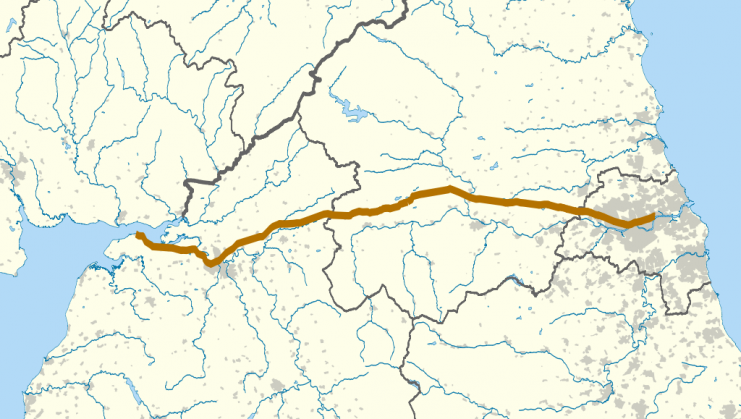
You can get out and see this stuff just as easily as a casemate on Omaha Beach. The history is just as tangible and still as relevant to us after close on two thousand years. I will be delving into this book for years to come.
My gang of battlefield chums has discussed walking the wall in the past but we’ve been distracted by real life and other stuff. I think I need to reintroduce the subject. A look at this outstanding book should get them on board.
The Vikings
The Vikings seem to be on our televisions on a near permanent basis and who is complaining? As a warlike society, they are immensely fascinating and their impact on the history of Europe and maybe even as far as North America is extraordinary.
The old one dimensional image of horned helmets, of rape and pillage, has given way to something much more in-depth and sympathetic, and while they were very much a warrior race exporting gods and violence on their travels, the image of a cartoon-like Kirk Douglas (him again) drinking ale from a horn and chopping off a maiden’s braids with an axe is really the stuff of Hagar the Horrible and little else.
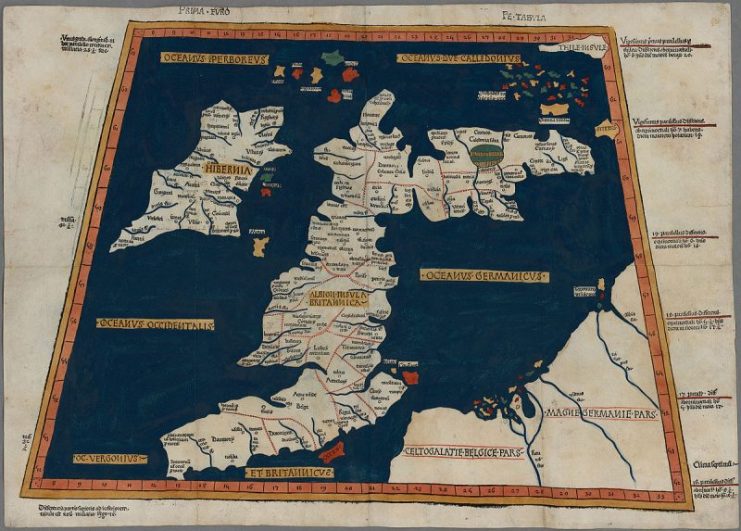
I was in Sweden last year where I met some amazing people who are absorbed in Viking living history but there isn’t a horned helmet in sight. These people live out the lives of the ordinary folk who supported the men at arms by making and growing things.
They are immersed in the clothing, the tools and the ordinary stuff Ragnar and his mates used every day. What this does is help to explode the myth that the Vikings were all longboats and conquest. While that is obviously a key part of their history, they were much more sophisticated.
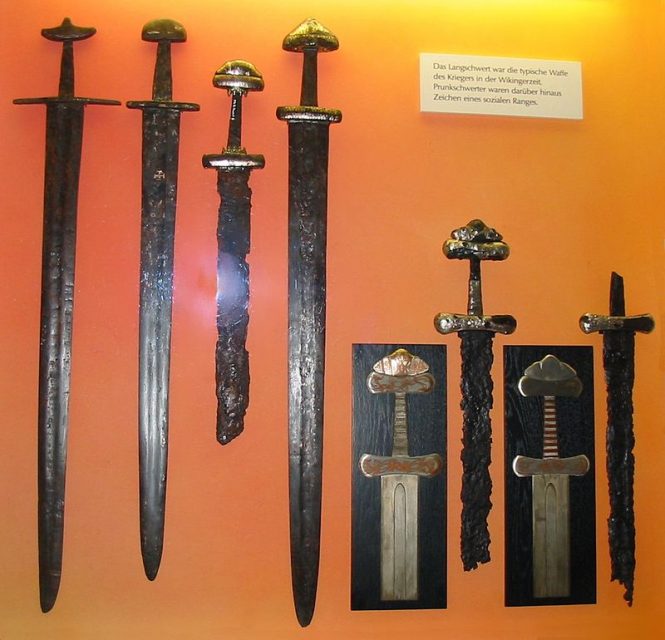
Angus Konstam recognizes all of this in telling how the Vikings were equipped and how they managed to conquer so much. Someone had to make the sword belts and the helmets. But, let us not be too prissy about this. They were mighty warriors and the detail of just what made them so good is bound to be of the greatest interest to readers interested in military history.
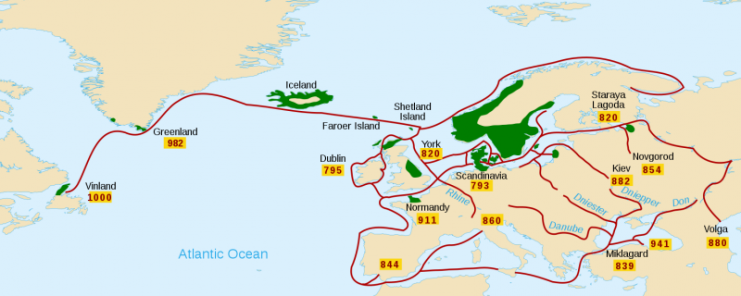
All in all these three books represent the best of Haynes who appear to be at the top of their game with these operations manuals. They have jumped from car maintenance to genuinely valuable histories of people and places and all we can hope for is much more of this sort of stuff.
The design and the photography is first rate – you knew that was coming – and these books will draw in any youngster stepping out on the history trail. There is plenty more for older readers, too. Brilliant. Brilliant. Brilliant. Imagine that!
Reviewed by Mark Barnes for War History Online
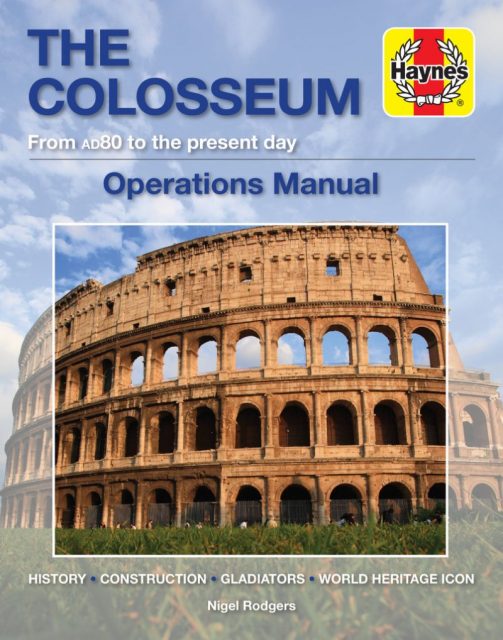
THE COLOSSEUM
From AD80 to the present day
By Nigel Rodgers
Haynes Publishing
ISBN: 978 1 78521 148 5
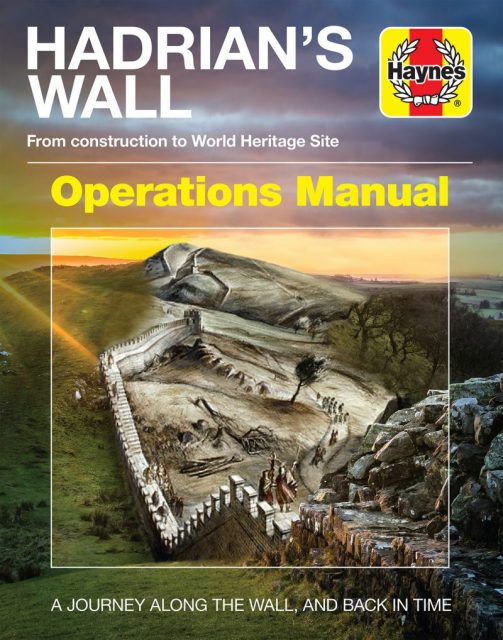
HADRIAN’S WALL
From construction to World Heritage Site
By Simon Forty
Haynes Publishing
ISBN: 978 1 78521 189 8
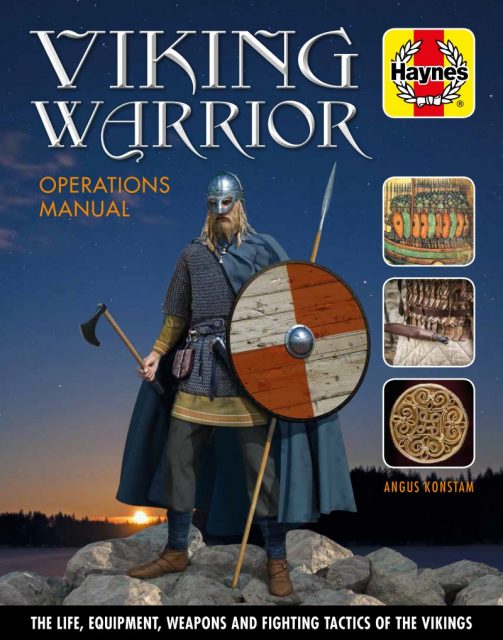
VIKING WARRIOR
The Life, Equipment, Weapons and Fighting Tactics of the Vikings
By Angus Konstam
Haynes Publishing
ISBN; 978 1 78521 173 7
